Itinerary
In Europe, there are only a few habitats that have been preserved in their original character. As to the number of such habitats, Slovakia, with its rich network of virgin forest reserves, has a key position in Central Europe. Several valuable forests that provide a living space for many rare bird species are located in the wider surroundings of Zvolen. During our trip, we will observe various bird populations of deciduous forests, combined mountain forests, conifer mountain forests, oak pastures, pastures, meadows, wetlands and aquatic areas. In all of the above mentioned habitats, it is possible to observe a great number of bird species not only in the daytime but also at night.
- Day 1 Arrival to Slovakia, accommodation, informal reception.
- Day 2 Birds of Deciduous Forests.
- Day 3 Birds of Deciduous Forests.
- Day 4 Birds of Mixed Mountain Forests.
- Day 5 Birds of Coniferous Mountain Forests.
- Day 6 Birds of Meadow and Pasture Populations.
- Day 7 Birds of Pastoral Oak Wood.
- Day 8 Birds of Aquatic and Wetland Populations.
- Day 9 Farewell and departure.
Overview
date_range9 days
todayApril - October
Guided observing and birdwatching tour
Easy
languageEnglish, French, Deutsch
flagPick up/drop off on your request
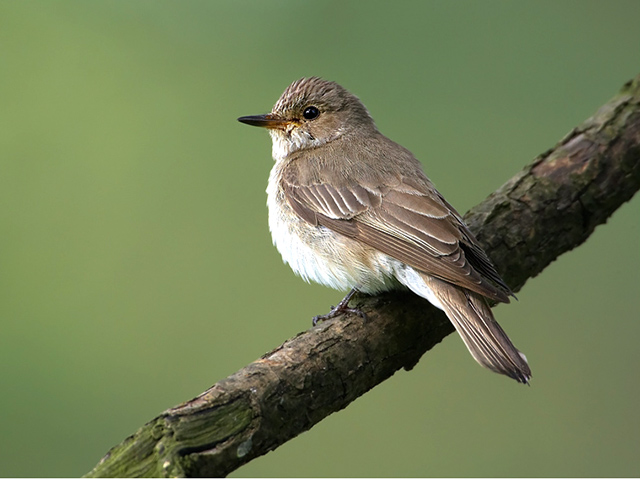
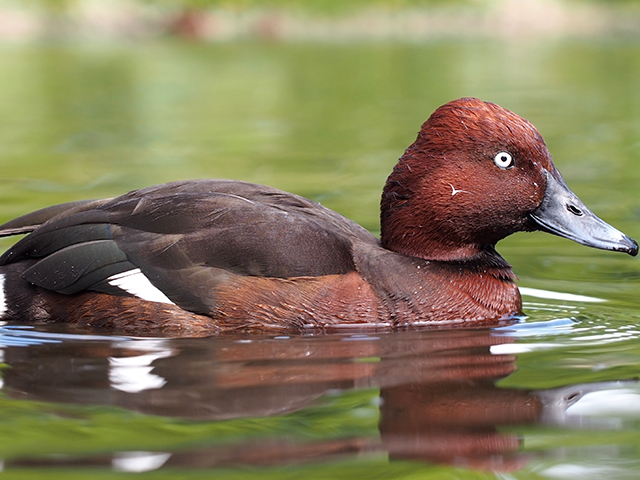
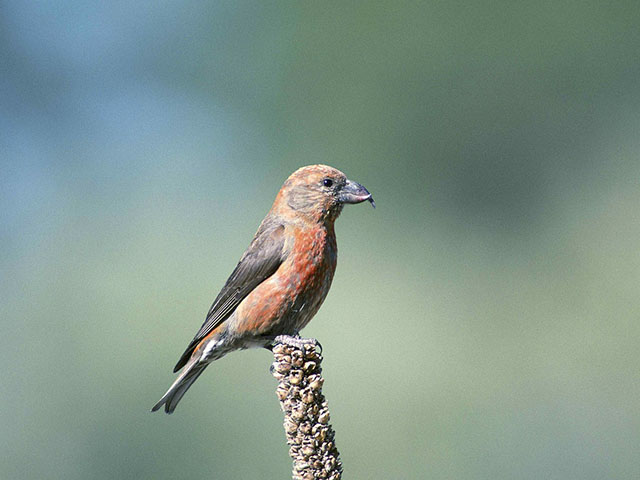
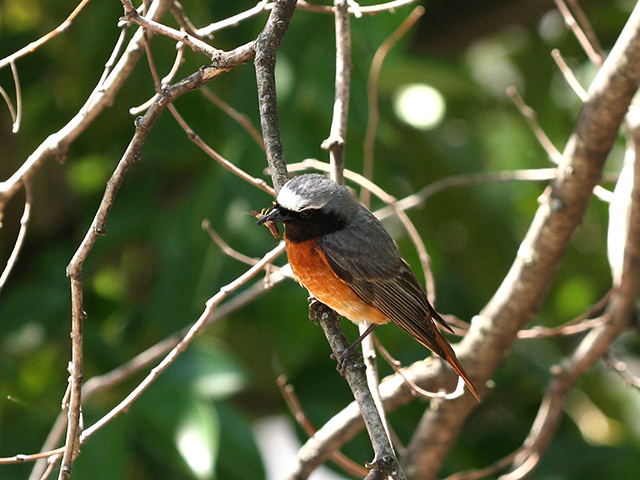
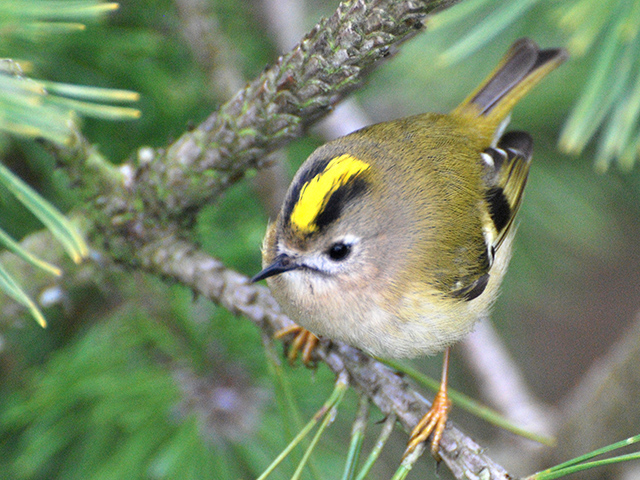
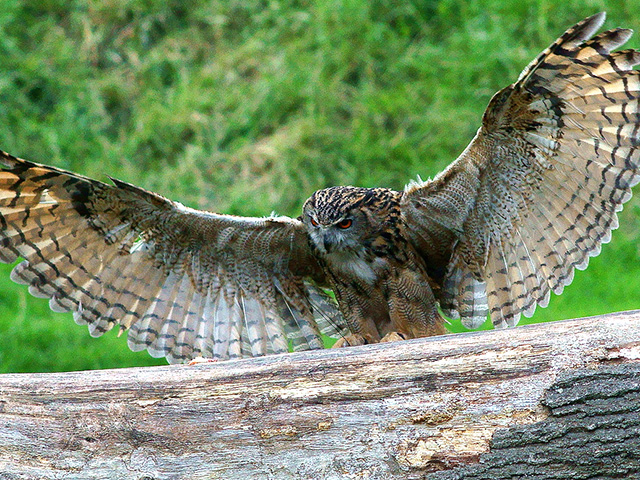
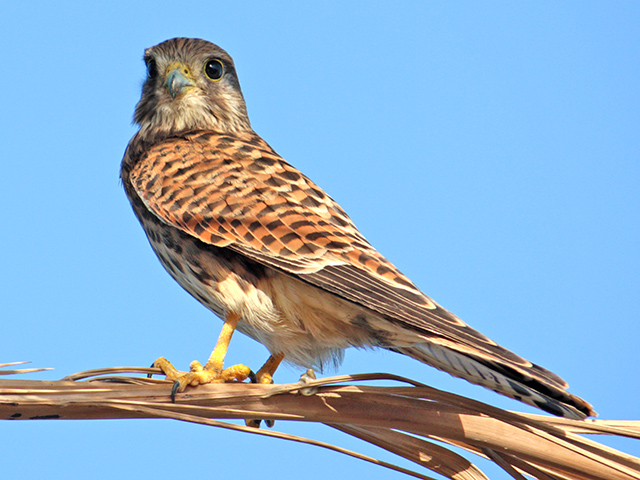
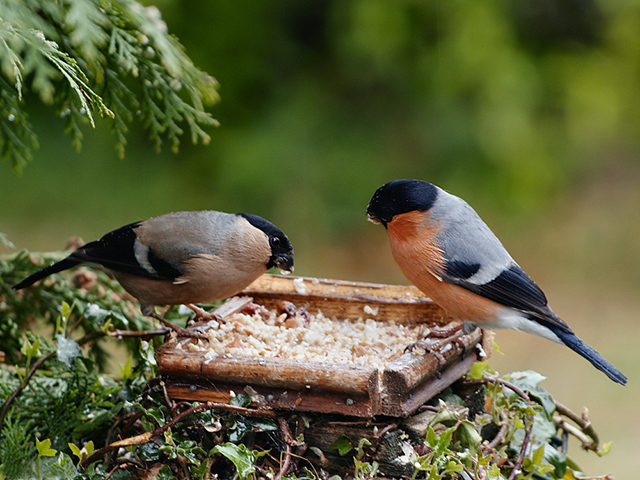
Excluded
It is required to book the transfers at least two weeks in advance.
